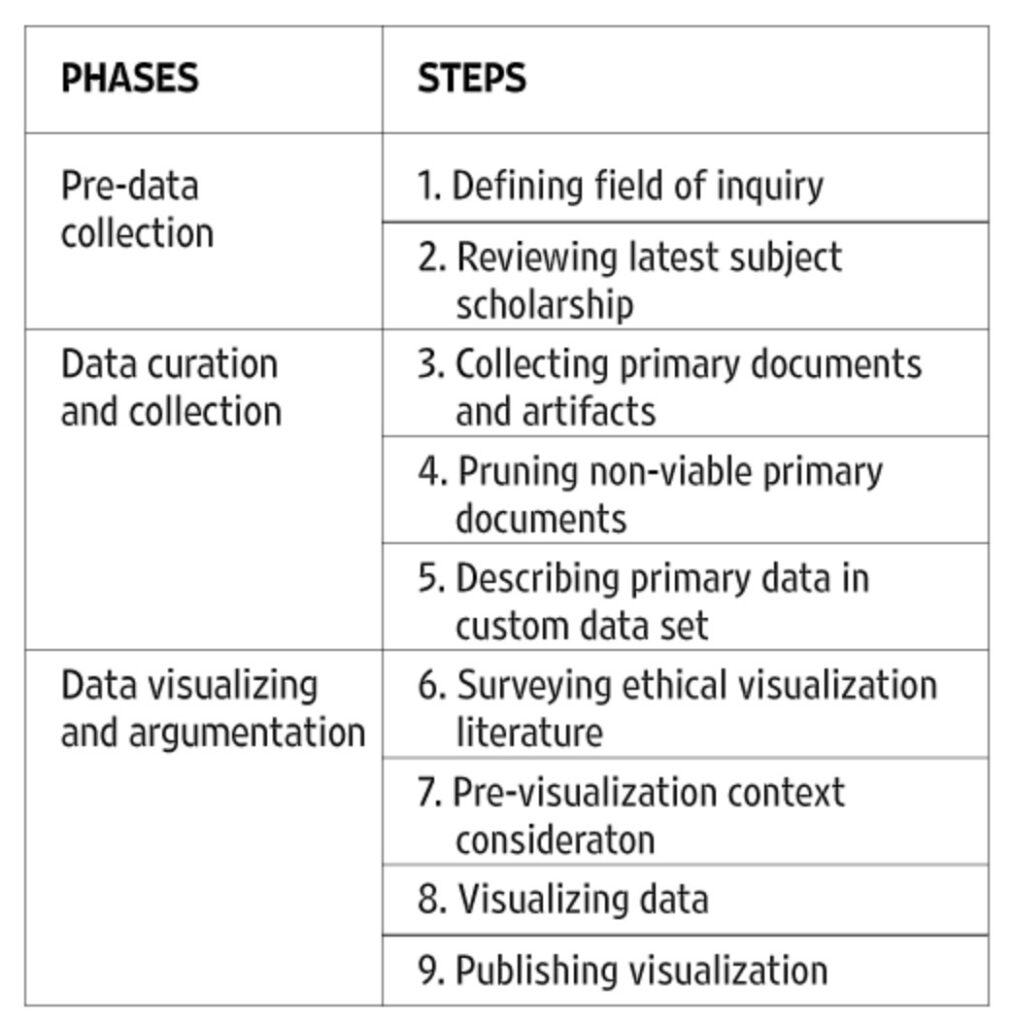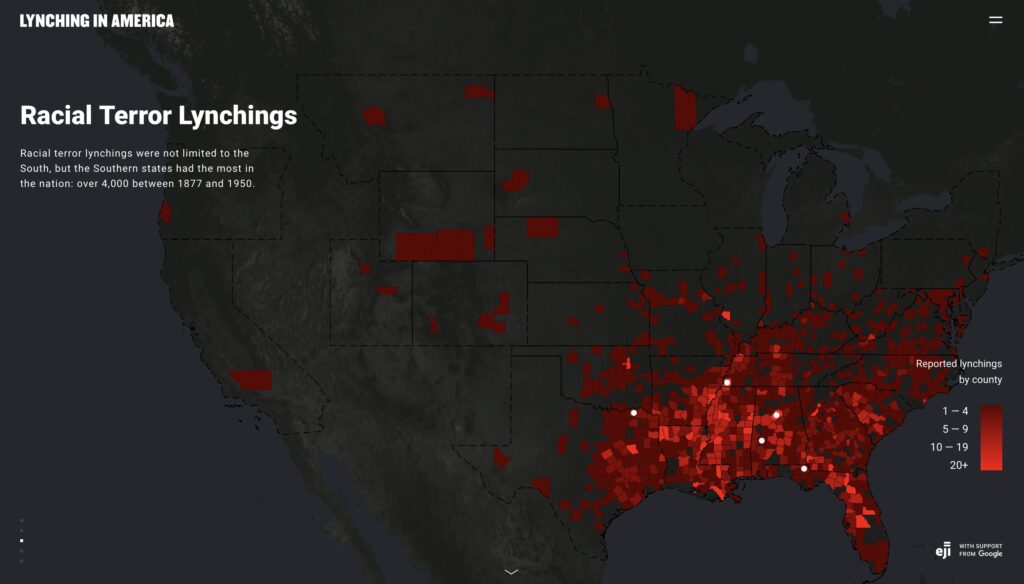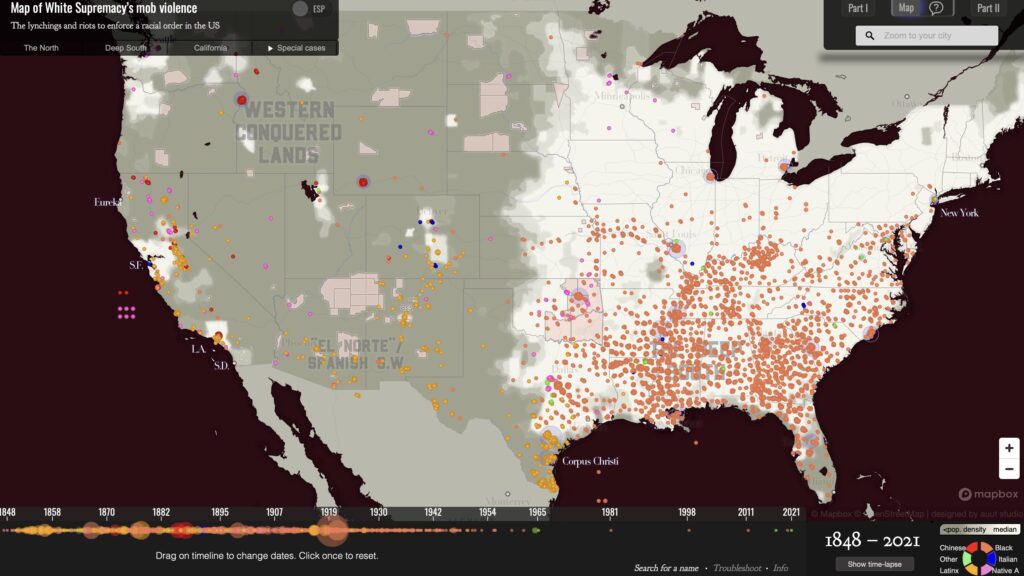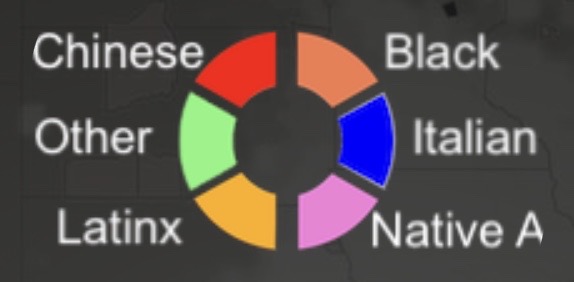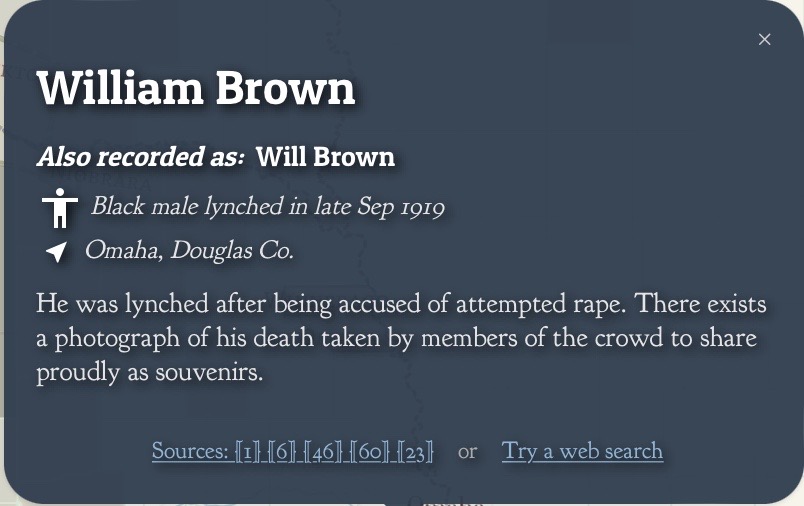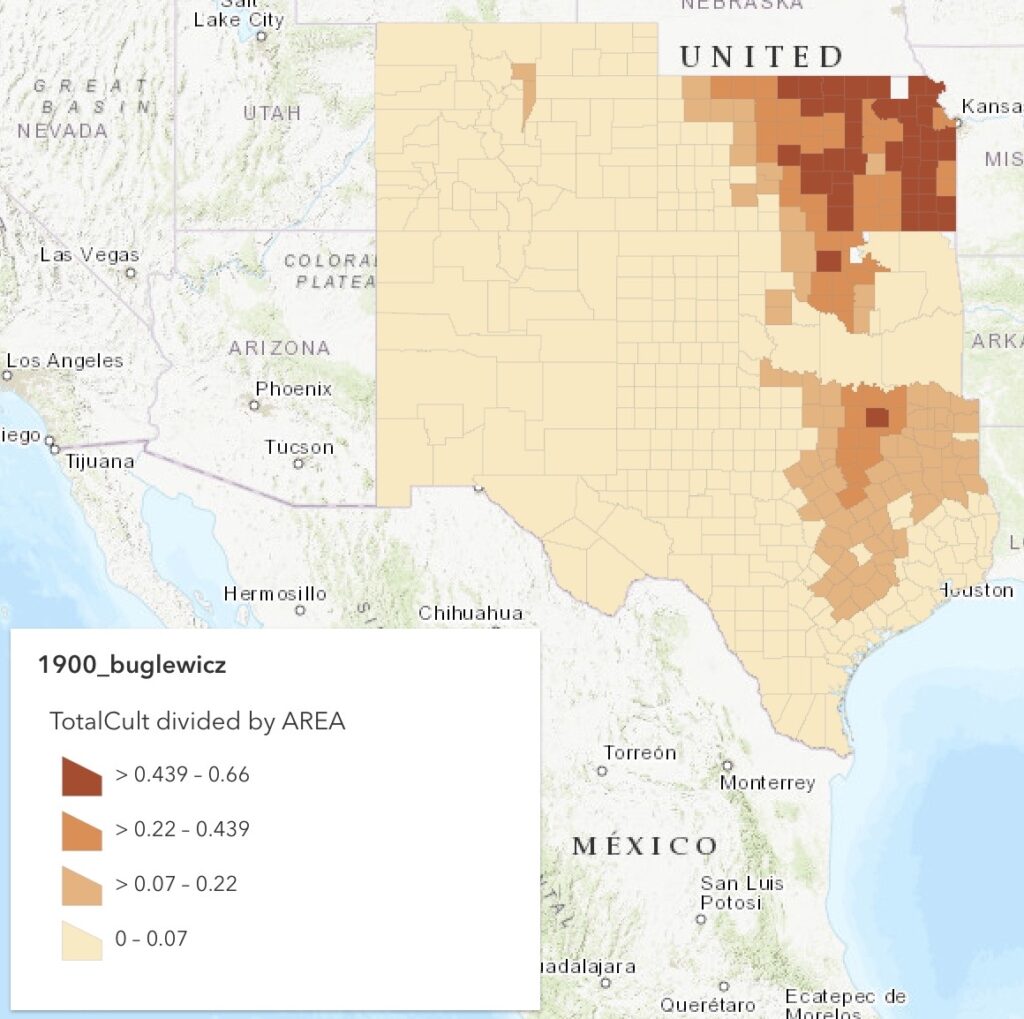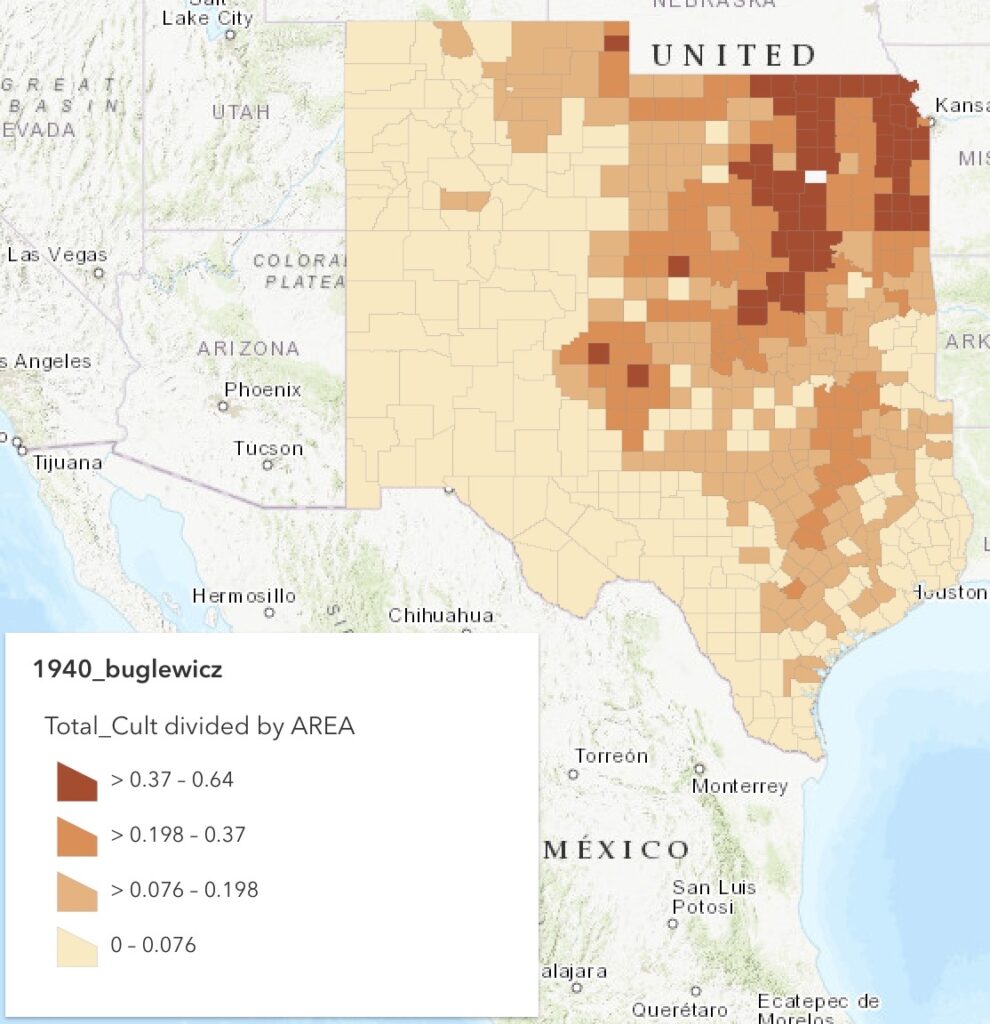Bibliography
Data Sources
“California Census Tract Boundaries.” [Feature Layer]. ArcGIS Online. June 15, 2014. https://services.arcgis.com/jDGuO8tYggdCCnUJ/arcgis/rest/services/CA_CT_boundaries/FeatureServer. This map displays the census tracts in California. This will be useful to reference when using census data to determine the boundaries of Hinkley’s census tract.
County of San Bernardino. “School Sites in San Bernardino County.” [Feature Layer]. ArcGIS Online. October 4, 2019. https://services.arcgis.com/aA3snZwJfFkVyDuP/arcgis/rest/services/SB_County_School_Sites/FeatureServer. This map shows schools located in San Bernardino County. This is important because there are no schools in the town of Hinkley. This map connects to other sources that I have found discussing the closure of the school in Hinkley and how that cause residents to leave.
Duranchacon, Henry. “Water Wells San Bernadino County.” [Feature Layer]. ArcGIS Online. December 20, 2020. https://services.arcgis.com/o6oETlrWetREI1A2/arcgis/rest/services/Water_Wells_San_Bernardino_County/FeatureServer. This map on ArcGIS Online displays wells and whether they contained hexavalent chromium at different points in time. Therefore, this data will be useful to map contaminated wells in Hinkley over time.
Izbicki, John A., Thomas D. Bullen, Peter Maclyn Martin, and Brian Schroth. “Delta Chromium-53/52 Isotopic Composition of Native and Contaminated Groundwater, Mojave Desert, USA.” Elsevier Ltd. January 2, 2012. https://www.researchgate.net/publication/253011745_delta53Cr_mixing_fractionation_and_exchange_in_contaminant_plumes. This article includes a simplified plume map of Hinkley, California. There are two separate plumes depicted, each showing different concentrations of chromium 6, as well as sampled wells within the plumes. This information will aid the mapping process and answer how factors like population are affected by water contamination.
Izbicki, John A., and Whitney A. Seymour. “Analyses of Regulatory Water-Quality Data.” In “Natural and Anthropogenic Hexavalent Chromium, Cr(VI), in Groundwater Near a Mapped Plume, Hinkley, California.” U.S. Geological Survey. June 2023. https://pubs.usgs.gov/pp/1885/d/pp1885d.pdf. This source discusses contaminated water wells in Hinkley Valley, and it includes a series of plume maps that show how contaminated groundwater has spread between 2008 and 2015. This will be important for marking wells that were contaminated as a result of PG&E’s actions and showing how the contamination has spread over time.
Manson, Steven, Jonathan Schroeder, David Van Riper, Katherine Knowles, Tracy Kugler, Finn Roberts, and Steven Ruggles. IPUMS National Historical Geographic Information System: Version 18. [1990 census tract]. Minneapolis, MN: IPUMS. 2023. https://www.nhgis.org. This data shows the total population in Hinkley’s census tract (119) for the year 1990. This information will be used to note the population density in 1990, when the water contamination in the town was beginning to reveal itself.
Manson, Steven, Jonathan Schroeder, David Van Riper, Katherine Knowles, Tracy Kugler, Finn Roberts, and Steven Ruggles. IPUMS National Historical Geographic Information System: Version 18. [2000 census tract]. Minneapolis, MN: IPUMS. 2023. https://www.nhgis.org. This data shows the total population in Hinkley’s census tract (119) for the year 2000. This information will be used to examine how the population density has changed since 1990.
Manson, Steven, Jonathan Schroeder, David Van Riper, Katherine Knowles, Tracy Kugler, Finn Roberts, and Steven Ruggles. IPUMS National Historical Geographic Information System: Version 18. [2010 census tract]. Minneapolis, MN: IPUMS. 2023. https://www.nhgis.org. This data shows the total population in Hinkley’s census tract (119) for the year 2010. This information will be used to examine how the population density has changed since 1990.
Manson, Steven, Jonathan Schroeder, David Van Riper, Katherine Knowles, Tracy Kugler, Finn Roberts, and Steven Ruggles. IPUMS National Historical Geographic Information System: Version 18. [1990 property values by census tract]. Minneapolis, MN: IPUMS. 2023. https://www.nhgis.org. This data shows property values within Hinkley’s census tract in 1990. This will be useful to show changing trends in property values over time and how they have been impacted by water contamination.
Manson, Steven, Jonathan Schroeder, David Van Riper, Katherine Knowles, Tracy Kugler, Finn Roberts, and Steven Ruggles. IPUMS National Historical Geographic Information System: Version 18. [2000 property values by census tract]. Minneapolis, MN: IPUMS. 2023. https://www.nhgis.org. This data shows property values within Hinkley’s census tract in 2000. This will be useful to show changing trends in property values over time and how they have been impacted by water contamination.
Wood, Isaac A., and Chris R. Maxwell. “Conceptual Site Model for Groundwater Flow and the Occurrence of Chromium in Groundwater of the Western Area, Pacific Gas and Electric Company, Hinkley Compressor Station, Hinkley, California.” Pacific Gas and Electric Company. January 14, 2013. This report presents the results of an evaluation of recent and historical data on groundwater in Hinkley, and it concludes that wells within a few areas contain chromium that is naturally occurring and not associated with the plume that formed as a result of PG&E’s actions.
Secondary Sources
Banks, Sedina. “The ‘Erin Brockovich Effect’: How Media Shapes Toxics Policy.” Environmental Law and Policy Journal. Vo1. 26. University of California, Davis School of Law. May 2003. https://environs.law.ucdavis.edu/archives/26/2/erin-brockovitch-effect-how-media-shapes-toxics-policy. This article provides an overview of the case that Erin Brockovich helped to create against the Pacific Gas and Electric Company. This will offer good historical context and insight into the facts of the case, which is necessary to know to understand the mapping project.
“Chromium in Drinking Water.” United States Environmental Protection Agency. February 23, 2024. https://www.epa.gov/sdwa/chromium-drinking-water. This source explains what the maximum contaminant level (MCL) is for chromium 6 and the importance of this standard. This standard will inform the mapping project by determining which wells are above the MCL.
Esquivel, Paloma. “15 Years after ‘Erin Brockovich,’ Town Still Fearful of Polluted Water.” Los Angeles Times. April 13, 2015. https://www.latimes.com/local/california/la-me-hinkley-20150413-story.html. This article discusses how residents are still feeling the effects of contaminated water, long after the case against PG&E settled in 1996. According to the article, hundreds of residents have fled Hinkley and property values have decreased. This information will help answer my historical question directly.
Lamb, Mike. “Map of Hinkley Wells Released.” Victorville Daily Press. August 3, 2014. https://www.vvdailypress.com/story/news/local/2014/08/03/map-hinkley-wells-released/36742004007/. This source includes personal statements from Hinkley residents who have witnessed issues with buying and selling property. This will mainly be useful to create the story associated with the map and provide more in-depth details.
Hillard, Gloria. “Erin Brockovich Town Faces New Threat.” National Public Radio. November 22, 2012. https://www.npr.org/2012/11/22/165672549/erin-brockovitch-town-faces-new-threat. This news article from 2012 includes statements from Hinkley residents who have reported that the contaminated water has spread several miles from its location a decade ago, but PG&E argued that the plume is larger merely because they are conducting more testing. This article will contribute to the narrative of the mapping project because it explores how the plume has spread.
Morgan, John W. “Preliminary Assessment of Cancer Occurrence in the Hinkley Census Tract, 1996-2008.” The Criterion. California Cancer Registry. March 2011. https://www.waterboards.ca.gov/rwqcb6/water_issues/projects/pge/docs/hinkley/ccr_032011.pdf. This provides information on the number of cancer cases within Hinkley’s census tract over a period of years after the PG&E case was settled. This will inform the narrative of the mapping project by explaining how chromium 6 is linked to cancer.
“Reflections on Hexavalent Chromium: Health Hazards of an Industrial Heavyweight.” Environmental Health Perspectives. Vol. 108, no. 9, September 2000. https://ehp.niehs.nih.gov/doi/pdf/10.1289/ehp.108-a402. This source highlights the Erin Brockovich case while discussing hexavalent chromium. This will help to show the importance of this mapping project and inform viewers that the Brockovich case is just one instance of water contamination that has affected the lives of many.
Richard, Chris. “For Town Made Famous By ‘Erin Brockovich,” a Toxic Sequel?” The Christian Science Monitor. January 4, 2011. https://www.csmonitor.com/Environment/2011/0104/For-town-made-famous-by-Erin-Brockovich-a-toxic-sequel. This news article details how PG&E began buying and demolishing homes as early as the 1990s. This may help explain trends for property values in Hinkley.
Self, Brooke. “Contaminated Water Plume Expanding Near Hinkley School & Church.” Victorville Daily Press. June 26, 2013. https://www.vvdailypress.com/story/news/2013/06/26/contaminated-water-plume-expanding-near/37150700007/. This article contains a statement from a water board official who explains that groundwater containing chromium 6 is within a mile radius of the school, and it also briefly discusses PG&E’s “purchase program.” This information will help to explain property values in the area and the reason behind the school closing (see article by Steinberg), which resulted in many people leaving Hinkley.
Steinberg, Jim. “Hinkley School Closing: Not So Fast, Says Appeals Court.” San Bernadino Sun. July 17, 2015. https://www.sbsun.com/2015/07/17/hinkley-school-closing-not-so-fast-says-appeals-court/. This news article discusses the closure of the Hinkley Elementary/Middle School. As a result of this, many people left the town. This will help explain changes in population over time.


